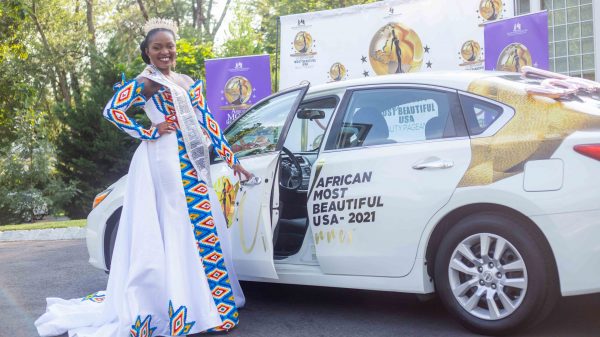Do you believe in ‘love at first sight’?
It’s a phrase that splits opinion: hopeless romantics swear it be true while those who are perhaps slightly more cynical believe that you can only have infatuation at first sight, not love.
But what if we told you that we have actual scientific evidence behind it? Yeah, that’s right, SCIENCE.
Here, Pure Optical present the science behind the phenomenon along with 5 reasons that will prove its existence to even the harshest of sceptics.
See, there is still time to find love before Valentine’s Day!
Love is a drug
When a person falls in love, a chemical reaction ignites in the brain and Dopamine and Serotonin is produced. According to Dr Trisha Stratford, at this point the brain ‘looks like the brain of someone high on heroin’.
Dopamine is produced by the hypothalamus (the brains reward pathway) which causes elation and a sense of euphoria when we are around the people that we love. Extreme levels of dopamine are related to the production of the hormone norepinephrine which can cause a loss in appetite and affect the quality of our sleep. Norepinephrine plays an instrumental role in the brains ‘fight or flight’ mode which kicks in when a person is particularly stressed or finds themselves in an extreme situation. Scans of the brain show that the primary centre of the brain sees a great spark when people are shown an image of someone that they are in love with as appose to just an acquaintance that they know.
Serotonin is released soon after meeting someone that we find attractive and in turn, has a huge impact on our feelings throughout the initial stages of a relationship. It is said that serotonin distracts the mind to such an extent that a person can hold thoughts of the person that they are attracted to for up to 65% of the day.
The combination of dopamine and serotonin are so influential throughout the preliminary stages of a relationship that people can attribute their effects to love. This breaths truth in the term ‘love at first sight’.
The Attractiveness Halo.
The attractiveness halo is strongly linked to first impressions and therefore plays an influential role in the concept of love at first sight. The attractiveness halo falls under the umbrella of cognitive bias which is when a person lays such focus on one positive element of an individual, that as a whole they seem more attractive.
The attractiveness halo causes a person to believe that if someone is physically attractive, then they must have other traits within their personality that they will also find desirable. Confirmation bias is almost synonymous with ‘love at first sight’. Confirmation Bias is the tendency to use new information to reinforce your current beliefs. Positive interactions with a person are then taken so personally that any negative encounters or traits are ignored. The attractiveness halo leads a person to believe that they may have experienced love at first sight as they have homed in only on the persons attractive qualities and somewhat built a fictional character.
Recreating the past.
We can all be guilty of rewriting history and our memories of specific encounters or situations can alter over time. A study conducted by the University of Groningen uncovered the belief that love at first sight may be a bi product of the phenomenon ‘Positive Illusion’. Positive illusion is when you and your partner grow to believe that you fell in love at first sight as you are so in love now. Consequently, your current feelings are applied to the memory of your first encounter leading you to believe that you have always been in love.
The Groningen University study showed that people who believe that they fell in love at first sight ended up in long term relationships with each other. This saw the university draw the conclusion that their experience of love at first sight is the result of memory bias.
Creating an impression.
A first impression is made within the first 7 seconds of meeting someone. Consequently, people can determine almost immediately if someone is attractive or not. A strong sense of attraction can be regarded as love at first sight as it can quickly evolve into lust.
As we determine if we are attracted to someone in a matter of seconds, our brains release the hormone oxytocin throughout the stages of initial contact. Oxytocin is often referred to as the ‘hormone of love.’ Arguably, if our brains are telling us that we are in love, then it is possible to fall in love at first sight.
The influence of eye contact.
The University of Chicago conducted a study to determine if eye contact contributes to love at first sight. The study focused on eye movements and whether there was a difference between the movements of love and lust. The research involved showcasing images of romantic love as well as images that focused on lust. The study saw that people are more likely to focus on the faces of those they were in love and focus on the body’s in the other images supporting the notion of love at first sight.































































































